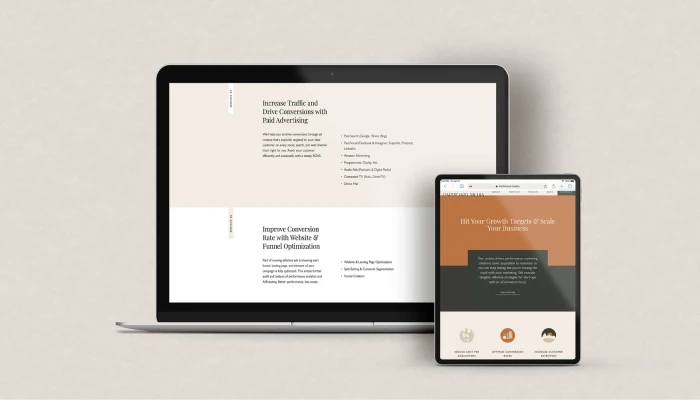Hello!
While Waymo is now providing over 150,000 autonomous rides every week, Tesla still has a long way to go until its controversial "Full Self-Driving" software is ready for the EV maker's competing robotaxi service.
Just this week, a Tesla driver plowed through a deer without even a hint of slowing down with the $8,000 add-on feature turned on, and another smashed into someone else's car when its owner employed its Summon feature.
Those flaws have caught — and continue to catch — the attention of regulators. Earlier this month, Tesla became the subject of yet another investigation by the National Highway Traffic Safety Administration (NHTSA).
The probe hones in on one of Tesla's most eyebrow-raising decisions when it comes to its driver assistance package: the insistence on exclusively relying on camera sensors instead of LiDAR and radar like its competitors, which CEO Elon Musk has long derided as a "crutch."
In 2022, the company went all-in on cameras, ditching ultrasonic sensors in its vehicles altogether — a decision that could prove to be a major mistake as it struggles to catch up with its competition and has now promised robust self-driving capabilities to owners who may lack the necessary sensor hardware.
The NHTSA's investigation, which could potentially lead to a recall down the road, involves a whopping 2.4 million Tesla vehicles with FSD equipped and references four collisions, one of which proved fatal last year.
The timing of the probe couldn't be worse, with Tesla unveiling its "Cybercab" robotaxi design, a two-seater autonomous ridehailing vehicle, earlier this month.
The NHTSA noted in its preliminary evaluation that "reduced roadway visibility conditions" like sun glare, fog, or airborne dust could greatly diminish Tesla vehicles' ability to "detect and respond appropriately" while FSD is turned on.
A separate report by the regulator found that Tesla "did not adequately ensure that drivers maintained their attention" while using the feature and "were not sufficiently engaged in the driving task."
Other industry experts have similarly suggested that relying entirely on camera sensors could lead to issues.
"Weather conditions can impact the camera's ability to see things and I think the regulatory environment will certainly weigh in on this," GlobalData vice president Jeff Schuster told Reuters last week.
"That could be one of the major roadblocks in what I would call a near-term launch of this technology and these products," he added, referring to Tesla's plans to launch a robotaxi service.
It's true that we've seen Tesla drivers having serious trouble with their vehicles with FSD turned on in inclement weather. In a recent video by the YouTube channel Out of Spec Videos, the software was easily confused in a rainstorm.
For almost a decade now, Musk has promised that cars that can fully drive themselves are right around the corner. But despite the company heavily investing in supercomputer infrastructure to train AIs on footage recorded by Tesla cameras, the software is still far from where it needs to be.
Did Musk take the wrong turn by relying entirely on cameras? As always, the carmaker still has a lot to prove — in many ways a direct consequence of its overpromising and underdelivering leader.
Thank you!
Join us on social media!
See you!











